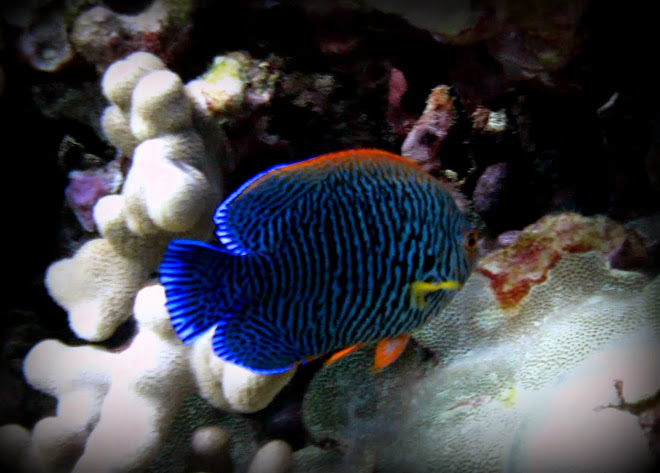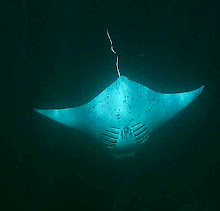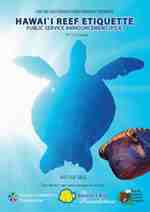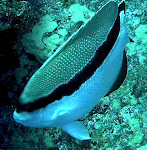It was a another warm afternoon in Kona. We like to go to the Keauhou Harbor ocassionally to look for sharks and other beautiful creatures swimming in the clear water around the pier. A small boat was unloading and I noticed a large (maybe 250 gallon) plastic tank filled with water in the rear of the boat. As we walked closer we noticed the tank was full of reef fish. Taking a closer look we couldn't help but interact with the boats owner. He wasn't very nice at first, as many fish collectors tend to be in our experience. I believe it is because they don't feel good about what they are doing and don't want to be noticed as they know many in the community don't support their collecting.
I talked nicely with him and he opened up some. This is what he said.
That the fish in his tank were worth over $3000 and that he was sending them to Europe for the aquarium trade. He showed us some of the fish, holding them out of the water leaving them gasping for air. I cried "put them down" as I did not need to see the cruelty. He threw a tiny yellow tang back because it wasn't perfect, I think it had a parasite. He held up a chevron tang, one we have never seen as they are found in deep water. He said that most of these fish would die shortly but that is how it was.
Then he invited me to go with him and watch what he does. I was excited and was immediately accepted his offer. Then he changed his mind.
$3000 for a days work. Not bad. Now I know why they keep collecting in the face of so much public opposition. The money is great and so is the greed, the cruelty and the destruction of Hawaii's marine environment.













